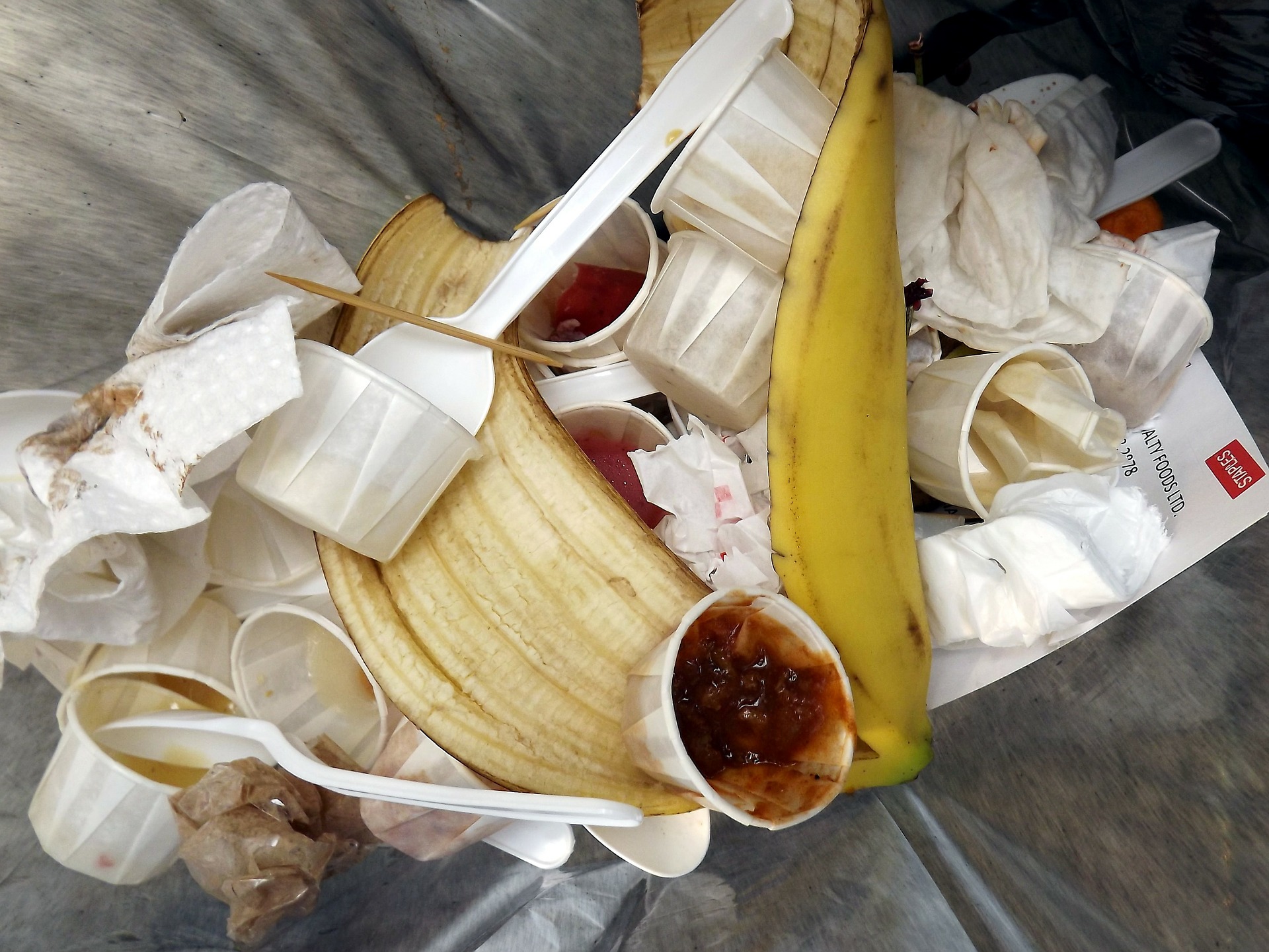Inflation across the United States is still surging (up 7% from a year ago). Rising food costs are of concern as well: a 6.5% increase across the board – with a 16% increase for meat and dairy and a whopping 25% for red meat.
Despite rising grocery bills, the U.S. Department of Agriculture recently reported that in the United States, up to 40% of food is wasted. We throw away almost half of everything we intend to consume!
Food waste is a big problem, not just for checkbooks, but for the environment, too. Fossil fuels are critical to creating the synthetic fertilizer that is required to grow the plants that feed both people and livestock. And, when trapped between nonorganic piles of trash, food waste’s natural decomposition processes are disrupted, leading to a greater production of methane gas.
To some degree, unnecessarily throwing out food also contributes to global food insecurity. Dramatic rises in the cost of synthetic fertilizer is forcing farmers to grow less or go out of business. Although the United States’ agricultural production contributes a relatively small percentage to the GDP, the U.S. is the largest producer of corn – an important ingredient for livestock feed worldwide. If Americans threw less food away, farmers could lower costs or send the crops elsewhere.
Typical of the state, California’s solution is simply government intervention. California now requests residents to put uneaten food in separate bins. The scraps would be processed, eventually turned into heat and electricity.
But as PRI Fellow Kerry Jackson recently wrote, historically, recycling programs are a huge waste of time and resources. And Californians won’t comply with the new program anyway. Busy families won’t collect scraps all week, and stinky bins attract pests.
A better course would be to reduce the amount of food waste created in the first place.
For older generations, high school cooking classes and homecooked meals were commonplace. Millennials, however, rarely received cooking classes and grew up on frozen prepackaged food. Cooking at home and meal prep can greatly reduce food waste, and monthly grocery bills. Millennials, who are a bit lost in the kitchen, now raise children who need to learn essential cooking skills.
Begin in schools. Teach children basic cooking skills, and how to do meal prep. Educational programs sometimes seem overwrought, but they work. Unlike the new California program, the education infrastructure already exists. California even has three exemplary programs to model after.
Located in Kern County, the Grimm Family Education Foundation helps provide farm and kitchen learning for students. As a result of their efforts, several schools in the area include garden and kitchen classes as part of their core classes.
In Berkeley school districts, schools include gardening and cooking as part of the instruction. The city considers it an essential skill, and an investment in public health.
Santa Barbara found that many high school students graduated without practical means to a lucrative career. With a booming tourism industry, the district realized that teaching technical skills – especially cooking – could solve the problem. Wildly successful, the city continues to finance culinary programs.
By tackling food waste through education, everyone wins. Students gain lifelong skills and reduce future grocery bills, curtailing stress on our environment and farmers.
McKenzie Richards is a Policy Associate at the Pacific Research Institute.

